Trash Talks is a blog series that follows Henri Kinnunen’s adventures around the globe as the Trash King, diving into the creative, practical, and sometimes surprising ways nations are tackling the universal challenge of waste.
Australia’s waste management wonderland?
Destination snapshot
Country: Australia
Population: ~26 million
Area: 7,692,024 km²
Capital: Canberra
Government: Federal Parliamentary Constitutional Monarchy
When you think of Australia, your mind probably jumps to sun-soaked beaches, kangaroos bounding across the outback, or the sail-like silhouette of the Sydney Opera House. But what about landfills, recycling depots, or illegal dumping hotspots?
Henri Kinnunen recently touched down in the land Down Under to get the scoop on how a country the size of a continent manages its garbage. What he found was a sprawling and imperfect system, undeniably full of promise.
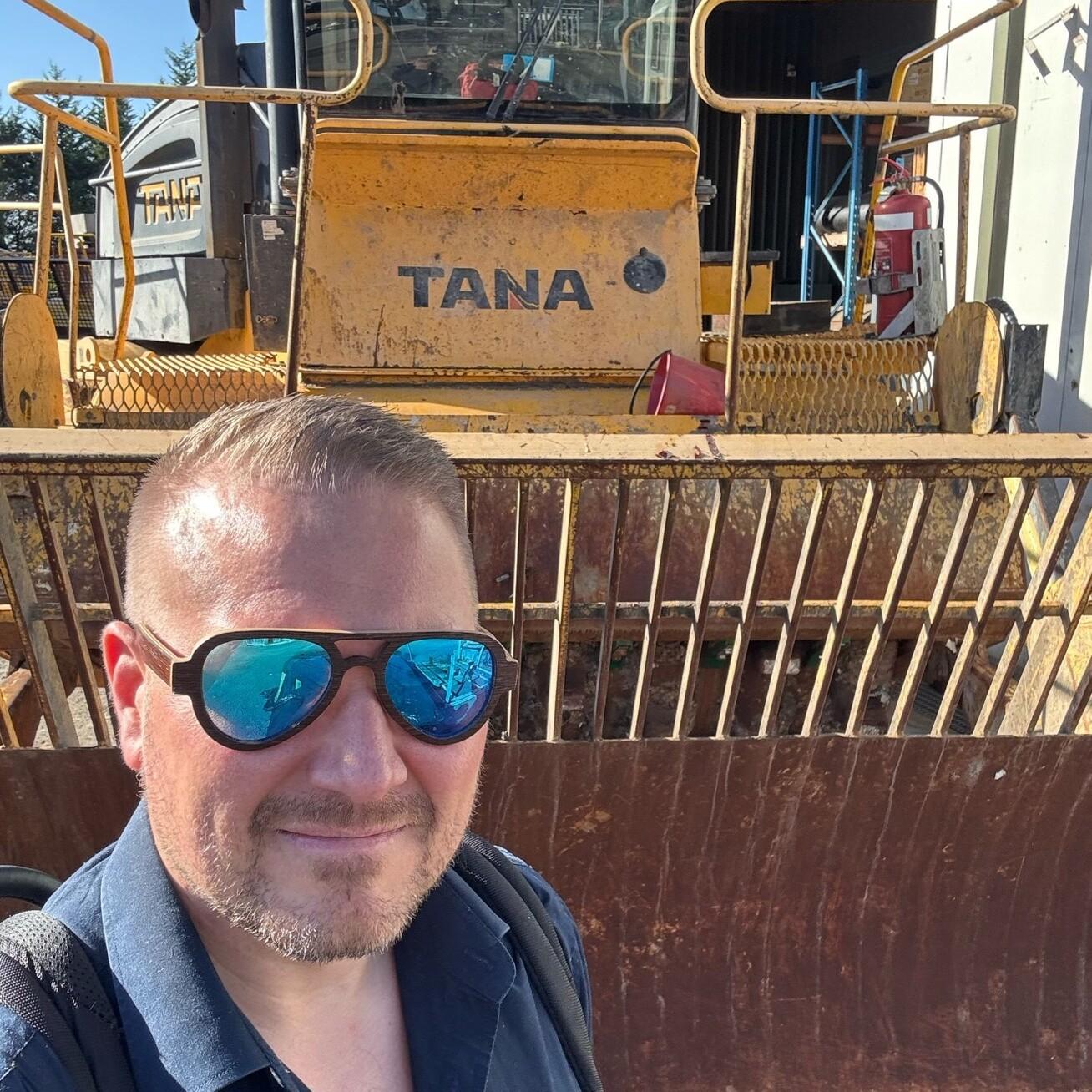
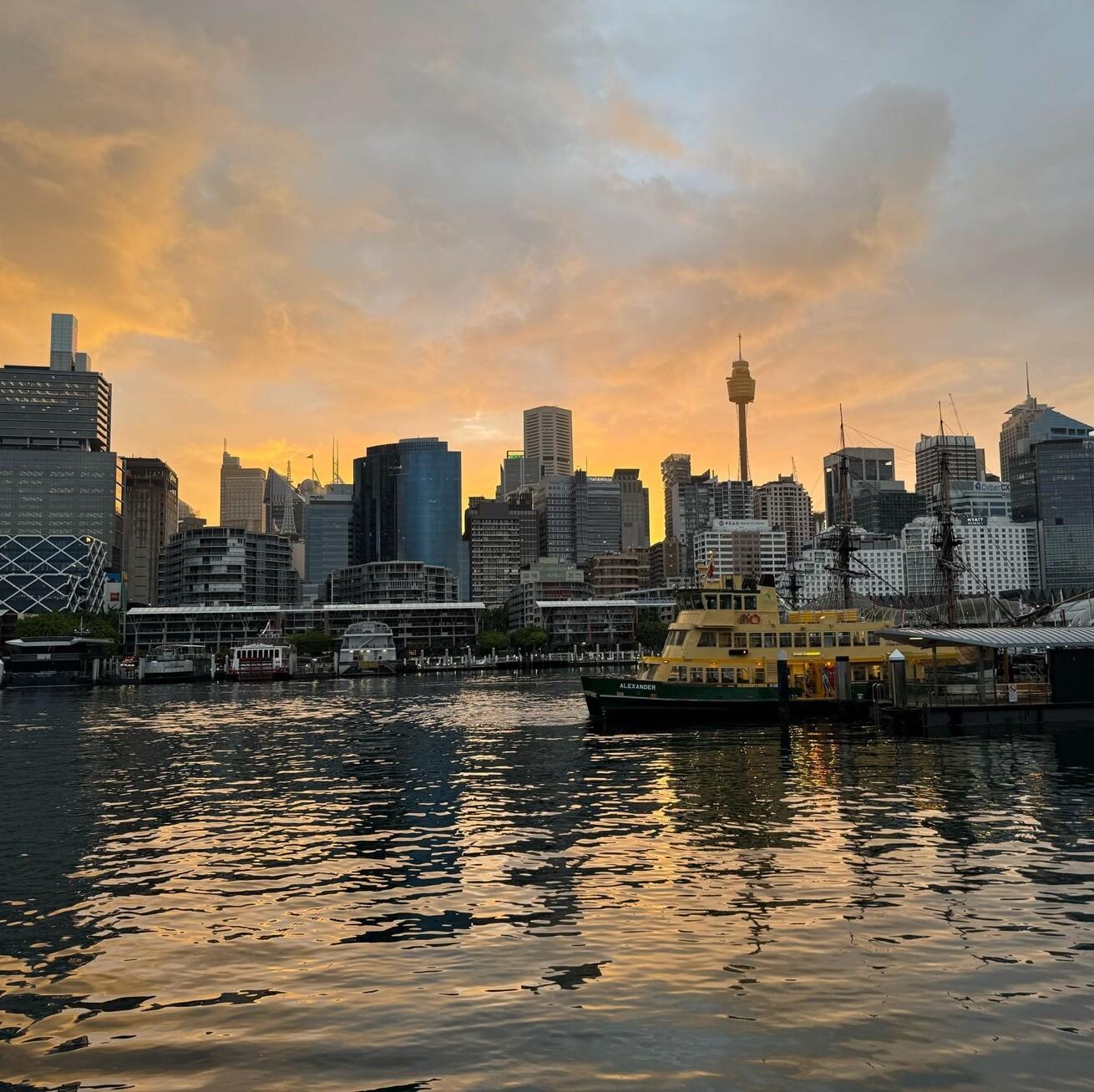
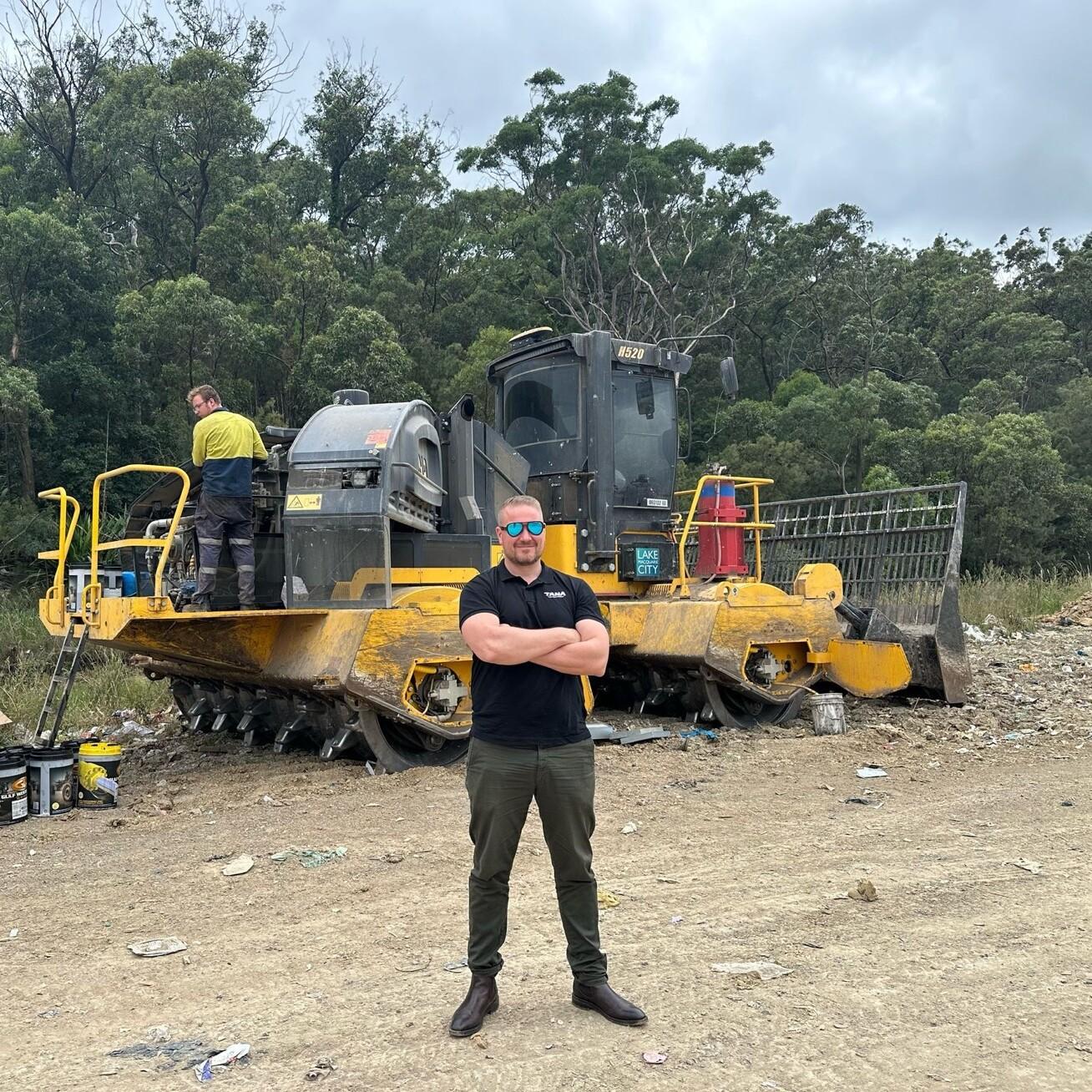

Local waste management insights
A well-oiled machine
Australia, like many other developed nations, mirrors the EU in terms of emissions targets and environmental regulation. In major cities, the basics are well-covered: waste collection is reliable, recycling bins are everywhere, and even landfills are surprisingly well-kept.
But let’s not forget, Australia is huge. Europe-sized, in fact, but with a fraction of the population and a whole lot of red desert in between. Transporting waste across such vast distances is a logistical Rubik’s Cube. The solution? Decentralized, multi-purpose waste yards that can handle everything from municipal solid waste to tyres and mattresses. Less transport = more efficiency.
And things are trending in the right direction. Investment in recycling infrastructure is up, national waste policies have teeth, and there’s a growing movement toward processing materials locally rather than shipping them offshore. Slowly but steadily, Australia is building a circular system tailored to its unique geography and challenges.
Outback realities and urban wins
Urban areas have the infrastructure. Rural and remote regions? Not so much. Illegal dumping remains a real issue, especially where waste services are scarce. And while Australians tend to be environmentally conscious, there’s a lingering case of NIMBY-ism (Not In My Backyard) that complicates the rollout of new solutions.
Waste-to-energy, for example — a proven technology in many parts of the world — remains a controversial topic here. With no comprehensive national regulation in place, it’s still a political hot potato. That said, when things work in Australia, they really work. Case in point: the country’s bottle deposit scheme is almost on par with Finland’s gold-standard model.

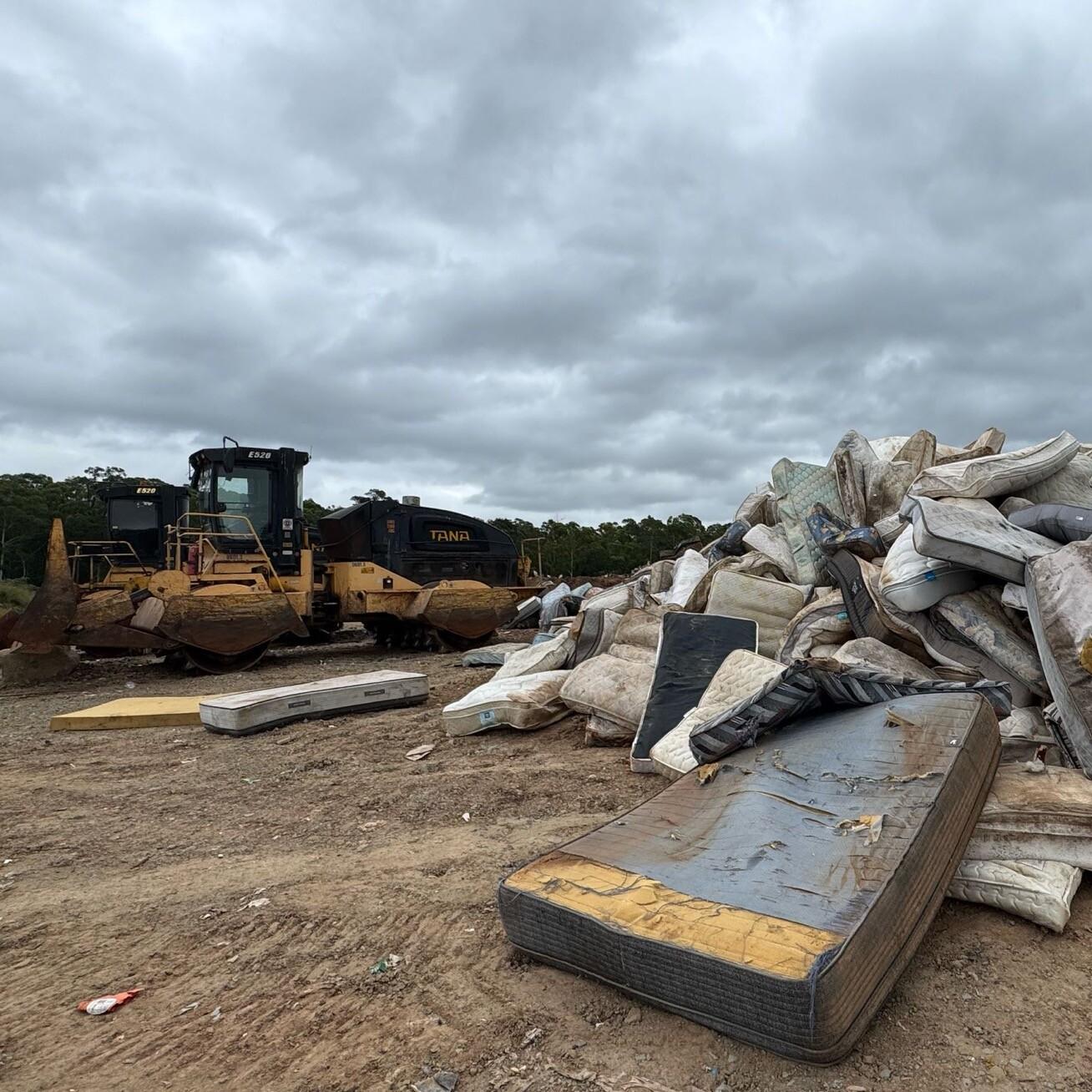
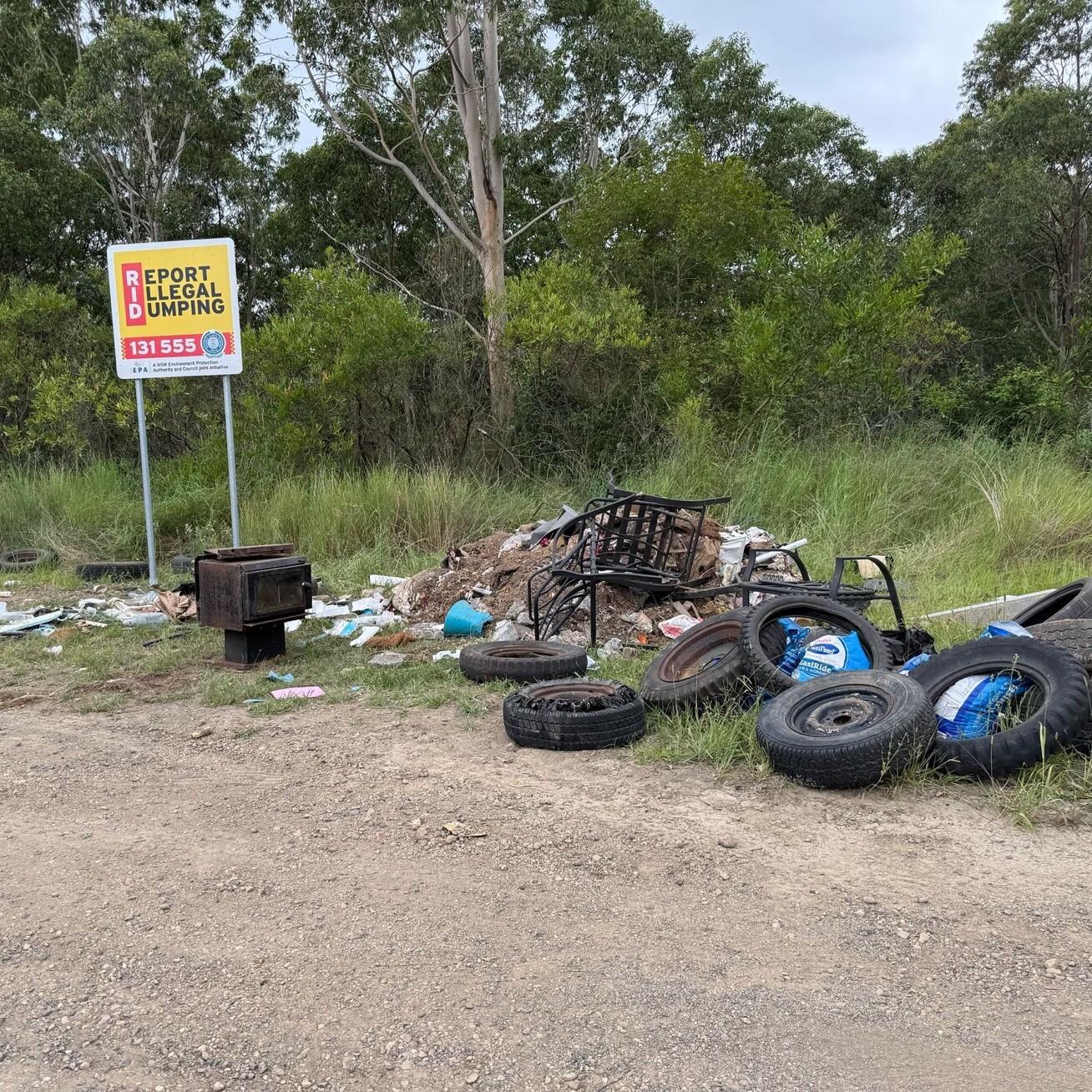

Final thoughts: Innovation on the horizon
Australia isn’t quite the Silicon Valley of waste just yet. Smart bins and AI-powered sorting lines aren’t widespread. But national and regional initiatives are gaining momentum, with goals to cut emissions, improve circularity, and ban the export of problematic waste streams.
Perhaps the most exciting wildcard? Landfill mining. With millions of tonnes of waste sitting dormant, the potential for resource recovery is massive, if the tech and infrastructure can keep pace.
Three key takeaways from Australia’s success:
1. Ambitious national policies and targets
The National Waste Policy Action Plan aims to reduce waste by 10% per person and achieve an 80% average resource recovery rate by 2030; clear goals that unify public and private efforts.
2. Recycling infrastructure investment
Programs like the Recycling Modernisation Fund are co-financing upgrades to recycling facilities nationwide, helping pave the way for a circular economy and easing reliance on landfills.
3. Waste export bans
Australia has outlawed the export of plastic, paper, glass, and tyres. The result? A strong push to develop domestic processing capabilities — a win for the environment and the local economy.
Australia’s waste management system may not always steal the spotlight, but it’s quietly becoming a global contender. Backed by solid policy, growing innovation, and a community that genuinely cares, the country is laying the foundation for a cleaner, more circular future. With continued momentum, Australia is well-positioned not just to manage its waste, but to lead the way in redefining it.
Until next time – Let’s keep digging deeper, learning, and leading!
